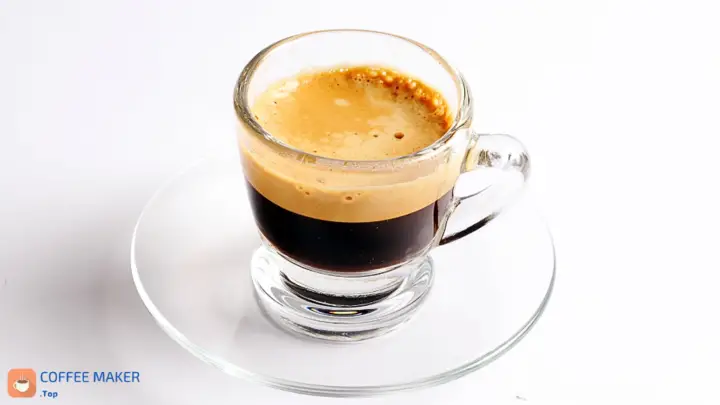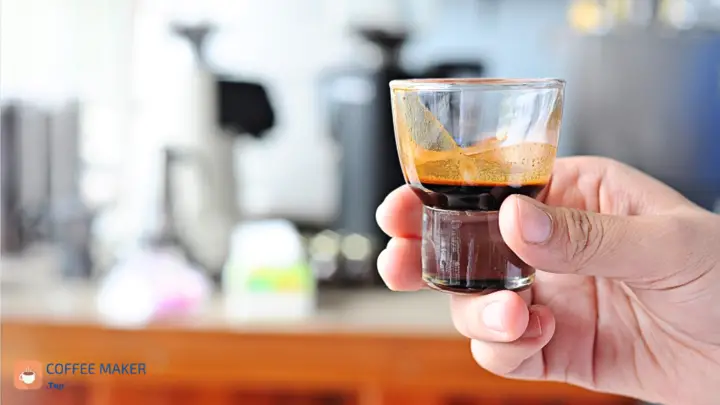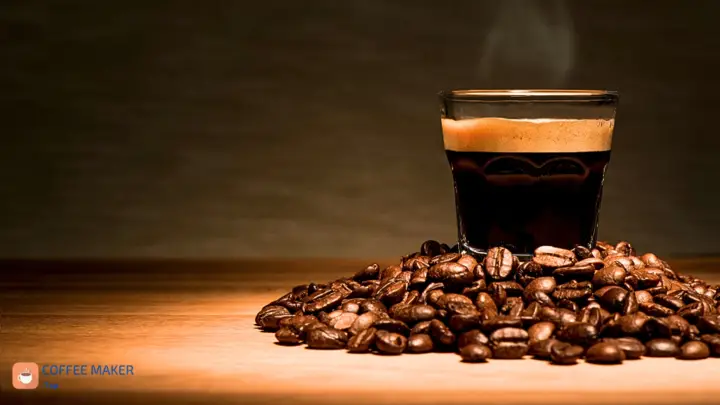There is a wide variety of coffee options to satisfy the tastes and preferences of every individual. While some prefer pure espresso, others enjoy it with sugar or milk, and some customize it with other additives, giving rise to endless preparations.
The term espresso, originally from Italy, is widely known for referring to both the drink and the method of coffee extraction. Two other classics originate from this type of coffee: ristretto and lungo.
We can say that coffee is a ritual that unites and separates us simultaneously, depending on our preferences. Therefore, it is essential to review and differentiate the main types of coffee without additives: ristretto, espresso, and lungo.
What is an Espresso coffee?
In Italy, you ask for an espresso when you order a coffee. In the rest of the world, ordering simply “coffee” can lead to unpleasant surprises. For this reason, it is crucial to clarify more when ordering, as this can make the difference between a successful breakfast and one to forget.
“Espresso” refers to coffee served in the classic 50 to 65-millilitre cup. This Italian word means something quick and immediate, but it also refers to traditional Italian coffee (from Naples).

Espresso is prepared by forcing hot water at high pressure through a small amount of finely ground coffee, usually between 7 and 9 grams, for a specific time of 25 to 30 seconds.
This preparation technique produces coffee with a dense crema on top, a distinctive espresso hallmark.
What is a Ristretto coffee?
Ristretto is prepared with a slightly finer grind than espresso, and the extraction process is more complex and briefer. While an espresso takes about 20 seconds to come out, the ristretto takes even less time, and the amount of water used is less, producing a more concentrated and smaller volume drink.

A cup of ristretto usually has around 15 to 20 ml, compared to 50 to 65 ml of espresso. However, despite its smaller volume, the ristretto is a genuine explosion of coffee aroma, and its intense and complex flavour makes it a delight for the palate.
Contrary to what one might think, the caffeine concentration in this coffee version is lower than in the Lungo and espresso, making it an ideal choice for those who seek to enjoy the taste of coffee without the side effects of excessive caffeine.
What is Lungo coffee?
The debate is ongoing around this last variant; it is undoubtedly the most popular version of coffee in many countries, but it does not convince in others, where the duration of the coffee extraction process is strictly limited.
Coffee produced by a Moka pot can be considered Lungo, where the ground coffee comes into contact with large amounts of water for an interval of time that can last up to several minutes, resulting in a drink with a larger volume than the classic espresso, usually between 80 and 120 ml.

The lungo from the bar requires a little more care; it is well known that if the professional extraction process goes beyond 25 seconds, there is a risk of compromising the final flavour, as bitter and hardly digestible substances would be added to the dispensed drink.
Precisely for this reason, purists of coffee preparation recommend making the so-called Lungo variant simply by placing a glass of water (hot or cold, depending on preferences) next to the espresso cup. In this case, a long-lasting, less intense, but equally enjoyable version will be obtained, drunk in several sips and known as an Americano.
Espresso, ristretto, and lungo (in pods)
Nowadays, practically all brands have their selections of coffee pods with these denominations, and even some machines, such as Nespresso (Original Line), have a specific button for each of these preparations.
Coffee pods offer specific blends for “ristretto”, “espresso”, and “lungo”, each designed for a particular amount of water and extraction time. The ristretto with 15 ml, the espresso with 25 ml, and the lungo with 110 ml.
Can a ristretto be made with an espresso pod?
Capsule coffee machine brands modify coffee blends and grinding to achieve different drinks. An espresso and ristretto pod differ in the amount of water that passes through them and the coffee inside.
We should not try to make a different coffee than what each pod indicates. If we only modify the amount of water, we may end up with a ristretto with little body if we prepare it from an espresso pod. Or excessively bitter and acidic if we make an espresso from a ristretto pod.
Can a lungo be made with an espresso pod?
In this case, the same applies as we said in the previous section. Since grinding espresso coffee capsules is finer than lungo capsules, we will have a much more bitter and acidic coffee if we try to prepare a lungo from an espresso capsule.
If you want to make an espresso from a lungo capsule, you will get less body and aroma than expected in an espresso capsule.
Conclusion
The world of coffee is very wide and diverse. Espresso is popular in Italy and worldwide, but other variants exist, such as ristretto and lungo.
Ristretto is a more concentrated drink than espresso, with less volume and less caffeine but with an intense and complex flavour. On the other hand, the lungo is a larger drink than espresso, but if prepared incorrectly, it can taste bitter.
Although each type of coffee has its own distinctive characteristics, choosing the one that best suits our preferences and enjoying the experience of drinking a good coffee is important.
